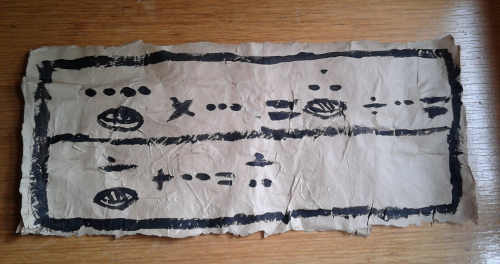So learning to coach has been interesting. Just like all areas of my teaching, I like to make it all about games. I've learned to adapt a lot of games to the skills I need my kids to practise.
Recently I tried bringing one of my sports activities into my Numeracy Roll Call.
The game is Captain ball and if you don't know it, it goes like this:
- Two or more teams line up. The first player from each team stands facing the rest of the line with a bit of a gap
- The leading player has a ball (or bean bag, or whatever you have that you can throw and catch)
- They throw to the first person in the line, who catches and throws it back then sits down
- The leading player throws to the next and so on until the last player in the line catches the ball
- The last player runs up to the leading position, the previous leader joins the line at the front and all players stand back up
- When all players have completed their time as the leader, the whole team sits down to show they are finished
- First team to finish wins
Good for a learning activity with kids who are restless and need to move around. I think we all have plenty of those!
What other numeracy or mathematics skills could we adapt captain ball to?













